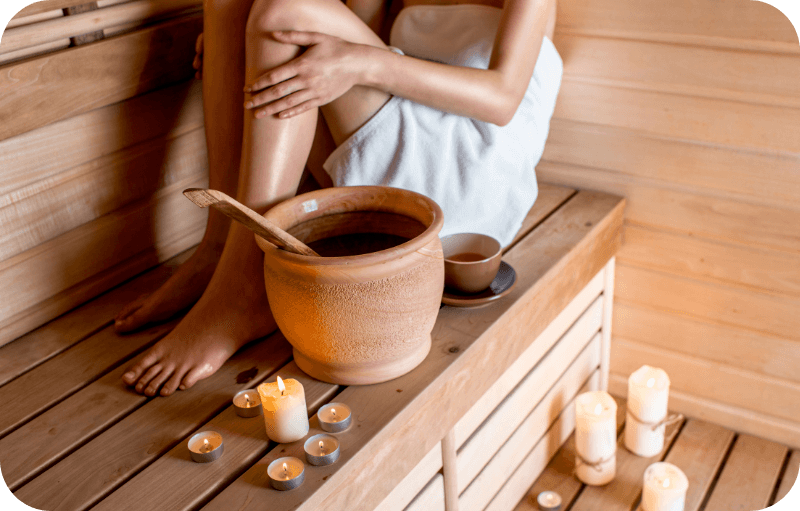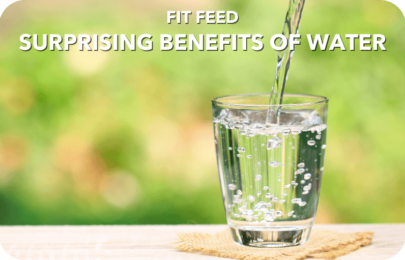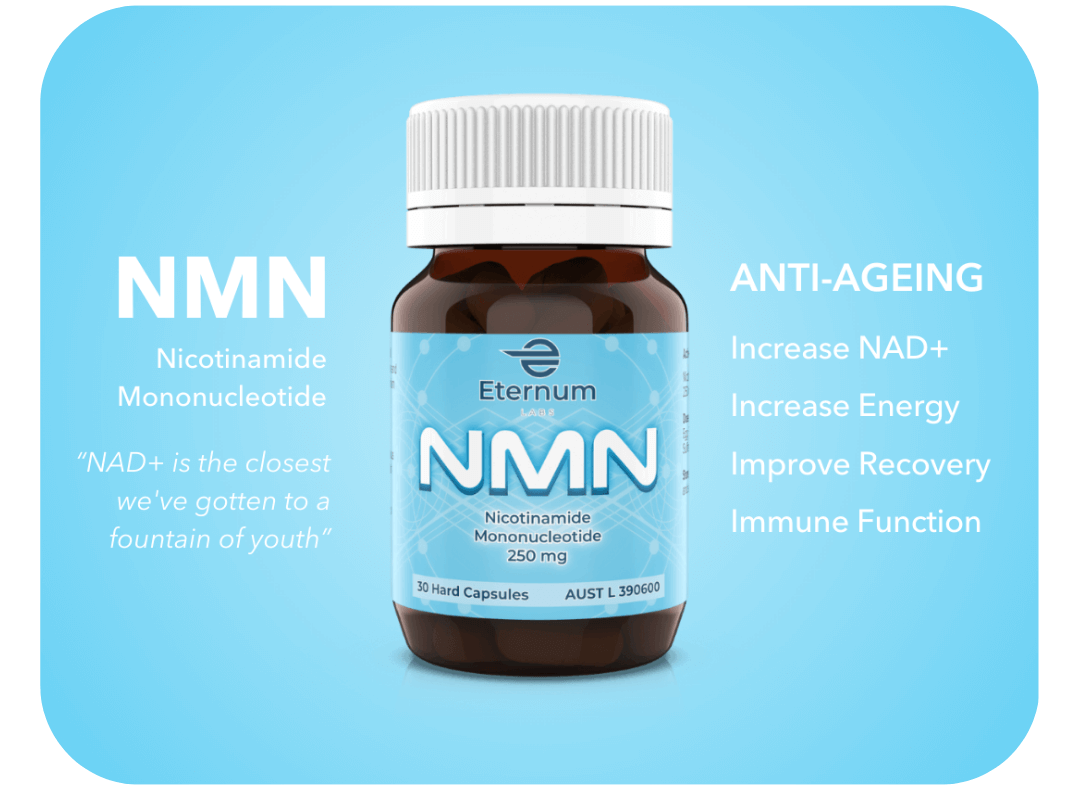
Let’s face it, in today’s fast-paced world, stress and anxiety can often overwhelm our nervous systems, leaving us feeling frazzled and on edge.
So many of us feel that we have no other choice but to turn to pharmaceuticals, desperate to get some form of relief.
There are different options and routes to take for stress management, but one thing is for certain, and that is that it is impossible to function at our best when we are chronically stressed out.
Finding effective ways to calm the nervous system is crucial for maintaining overall well-being and managing daily challenges.
In this article, we are going to dive into four unique methods that can help restore balance and tranquility:
1. Gut Health Optimisation
Recent research has highlighted the strong connection between gut health and mental well-being.
The gut-brain axis plays a significant role in regulating emotions and stress responses.
To support your nervous system, focus on maintaining a healthy gut microbiome through a balanced diet rich in probiotics and fibre.
Here’s a list of fermented foods that will help promote good gut bacteria, which in turn enhances mood and reduces anxiety.
Yogurt
Made from fermented milk, yogurt contains live cultures of beneficial bacteria, such as Lactobacillus bulgaricus and Streptococcus thermophilus.
Kefir
A fermented milk drink similar to yogurt but thinner in consistency. Kefir is rich in probiotics and contains different strains of beneficial bacteria and yeasts.
Sauerkraut
Fermented cabbage that is high in fibre, vitamins C and K, and various beneficial bacteria, such as Lactobacillus.
Kimchi
A Korean dish made from fermented vegetables (usually cabbage and radishes) seasoned with spices. Kimchi is rich in probiotics and beneficial bacteria.
Miso
A traditional Japanese seasoning made by fermenting soybeans with salt and a type of fungus called koji. Miso is rich in probiotics and provides a salty umami flavor.
Kombucha
A fermented tea drink made by fermenting sweetened tea with a symbiotic culture of bacteria and yeast (SCOBY). Kombucha contains probiotics and may offer various health benefits.
Sourdough Bread
Made through fermentation of dough using naturally occurring lactobacilli and yeasts. Sourdough fermentation may enhance digestibility and nutrient absorption.
2. Journaling
Journaling can be a powerful tool for reducing stress and anxiety due to several key mechanisms:

Emotional Expression and Processing
Writing about your thoughts, feelings, and experiences can provide an outlet for emotional expression.
When you put your emotions into words, it can help you make sense of them and gain perspective on what you’re feeling.
This process of self-reflection can promote emotional clarity and reduce the intensity of negative emotions associated with stress and anxiety.
Mindfulness and Awareness
Journaling encourages mindfulness by focusing your attention on the present moment.
As you write, you become more aware of your thoughts and emotions without judgment.
This mindfulness practice can interrupt rumination (repetitive negative thinking) and help you stay grounded in the here and now, rather than getting lost in worries about the past or future.
Problem Solving and Cognitive Reappraisal
Writing about stressful situations or anxieties can facilitate problem-solving and cognitive reappraisal.
By putting your concerns on paper, you can gain a clearer understanding of the issues at hand and brainstorm potential solutions.
Journaling prompts you to challenge negative thoughts and reframe them in a more constructive and realistic light, which can alleviate anxiety and promote a sense of control.
Stress Reduction and Relaxation
The act of journaling itself can be calming and therapeutic. Taking the time to sit down and write can serve as a deliberate break from the demands of daily life.
It allows you to slow down, process your thoughts more intentionally, and engage in a relaxing activity that promotes self-care.
Tracking Progress and Gratitude
Journaling can help you track your progress over time, whether it’s in managing stress, achieving goals, or developing healthier habits.
Reflecting on positive experiences, accomplishments, and moments of gratitude in your journal can uplift your mood and foster a positive mindset.
This practice of gratitude can counterbalance negative emotions associated with stress and anxiety.
3. Breathwork
Breathwork encompasses various techniques that involve deliberate control and manipulation of breathing patterns to achieve specific physical, mental, and emotional benefits.
These techniques, such as deep breathing or alternate nostril breathing, activate the body’s relaxation response by stimulating the parasympathetic nervous system.
This helps lower heart rate, reduce blood pressure, and decrease muscle tension, thereby calming the nervous system.
Through conscious regulation of breath, breathwork promotes relaxation, enhances emotional regulation, and improves overall well-being by fostering a deeper mind-body connection and reducing the impact of stress and anxiety on the body.
The best way to learn more about breathwork and to find a method that you enjoy is to go to Youtube. You will find many options for guided breathwork to choose from.
How to Incorporate Breathwork into your Daily Routine:
Regular Practice: Consistent practice of breathwork, even just a few minutes a day, can yield significant benefits for stress reduction and overall well-being.
Integration with Other Practices: Breathwork can complement mindfulness meditation, yoga, or other relaxation techniques for a comprehensive approach to stress management.
Adaptation to Personal Needs: Explore different types of breathwork to find techniques that resonate with your preferences and lifestyle, whether it’s calming, energizing, or focusing.
4. Daily Sauna and Ice Bath
While sauna and ice baths work through opposing mechanisms—heat vs. cold—they both contribute to calming the nervous system by promoting physiological balance, reducing stress hormone levels, enhancing circulation, and supporting relaxation responses.
People often alternate between sauna and ice baths or use them sequentially (“contrast therapy”) to maximise their benefits, promoting overall well-being and resilience against stress and anxiety.
These are two contrasting treatments that can effectively calm the nervous system through distinct mechanisms:

Sauna:
Heat Therapy: Saunas expose the body to high temperatures, typically between 150 to 195 degrees Fahrenheit (65 to 90 degrees Celsius). This heat induces physiological changes such as dilation of blood vessels (vasodilation), which increases blood flow to the skin and muscles.
Relaxation Response: The heat from a sauna triggers the body’s parasympathetic nervous system, promoting relaxation and reducing the activity of the sympathetic nervous system (responsible for the “fight or flight” response). This shift in autonomic nervous system activity helps decrease heart rate, lower blood pressure, and alleviate muscle tension.
Release of Endorphins: Heat exposure in a sauna can stimulate the release of endorphins, which are natural opioids produced by the body. Endorphins induce feelings of pleasure and reduce pain perception, contributing to a sense of relaxation and well-being.
Detoxification: Sauna sessions may aid in detoxification by promoting sweating, which helps eliminate toxins and metabolic waste products through the skin. This cleansing process can contribute to overall physiological balance and reduce stress on the body.
Ice Baths (Cold Therapy):
Cold Shock Response: Ice baths involve immersing the body in cold water, typically around 50 to 59 degrees Fahrenheit (10 to 15 degrees Celsius). The sudden exposure to cold triggers a physiological response known as the cold shock response.
Vasoconstriction: Cold exposure causes blood vessels to constrict (vasoconstriction), reducing blood flow to the extremities and redirecting it to vital organs. This response helps regulate body temperature and can decrease inflammation in muscles and joints.
Stress Hormone Regulation: Cold exposure stimulates the release of stress hormones like adrenaline and noradrenaline, which temporarily heighten alertness and improve focus. However, prolonged exposure can lead to a decrease in stress hormone levels over time, promoting a calming effect on the nervous system.
Enhanced Recovery: Ice baths are often used by athletes and individuals recovering from intense physical activity to reduce muscle soreness and enhance recovery. The combination of vasoconstriction and subsequent vasodilation after cold exposure can improve circulation and facilitate muscle repair.

Conclusion
In conclusion, by integrating any of these practices into daily life, we can cultivate a holistic approach to stress management.
Each method targets different aspects of the mind-body connection, fostering resilience against stressors and enhancing overall well-being.
Whether individually or combined, these techniques offer valuable tools for achieving a calmer nervous system and reducing the impact of stress and anxiety on both mental and physical health.














